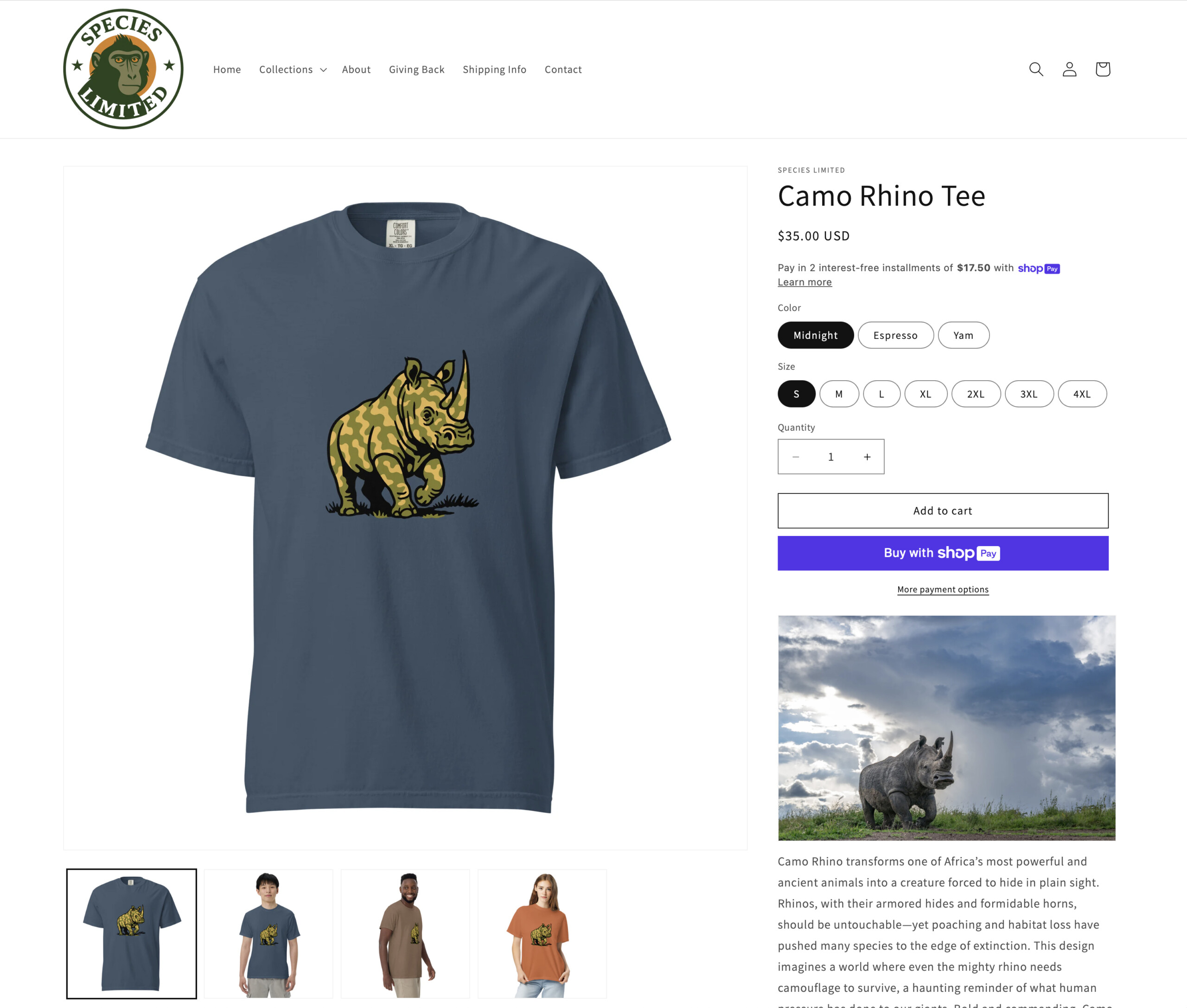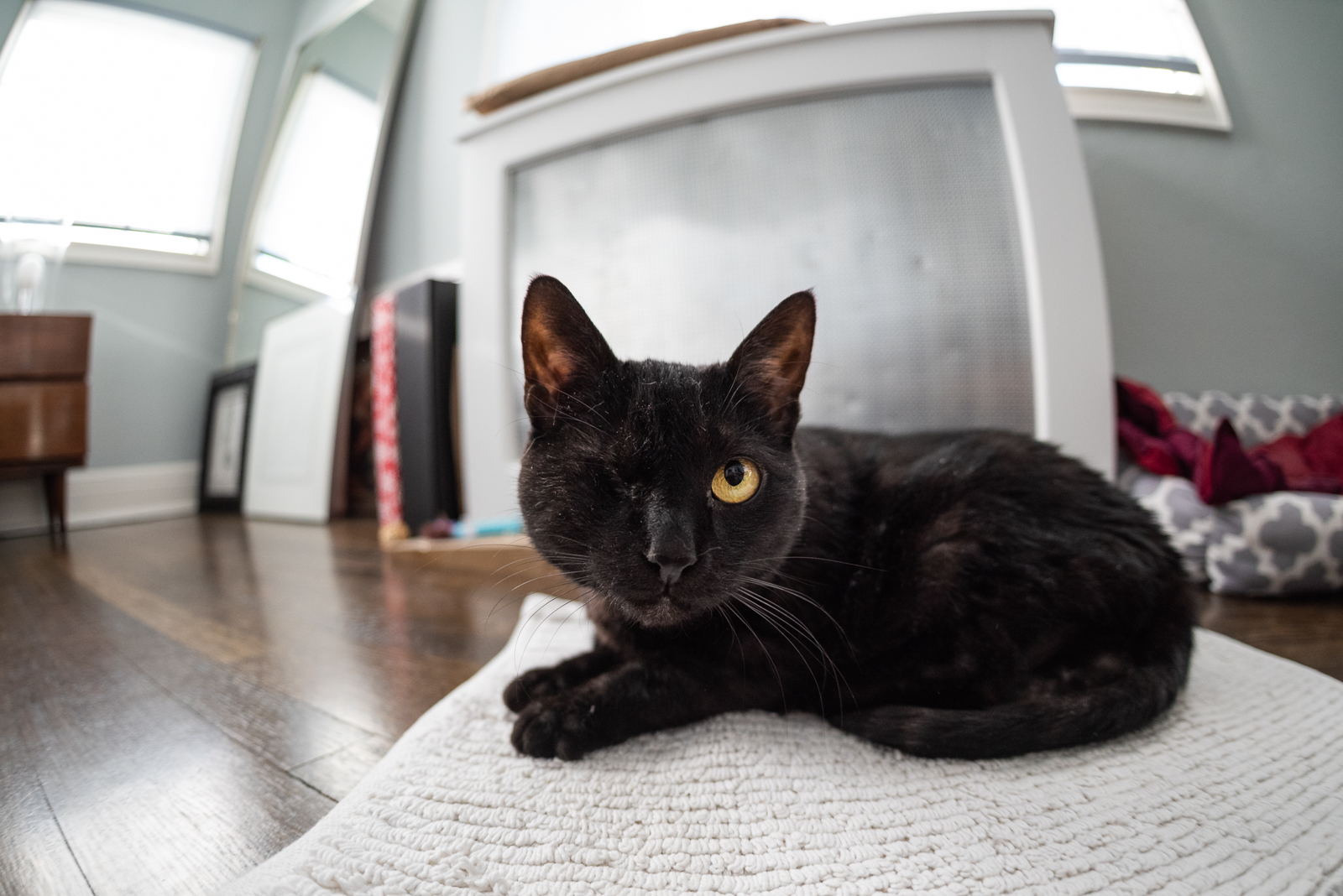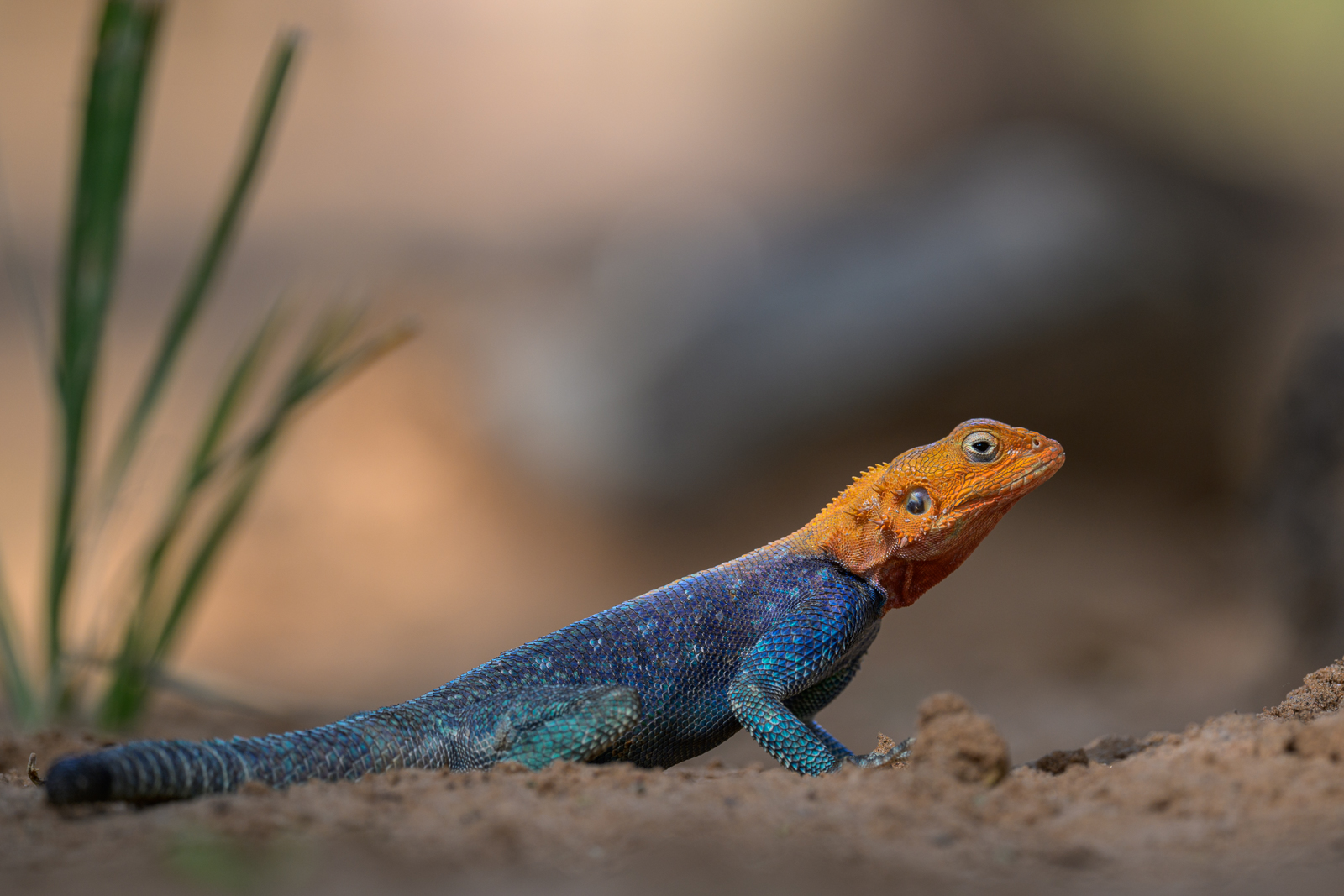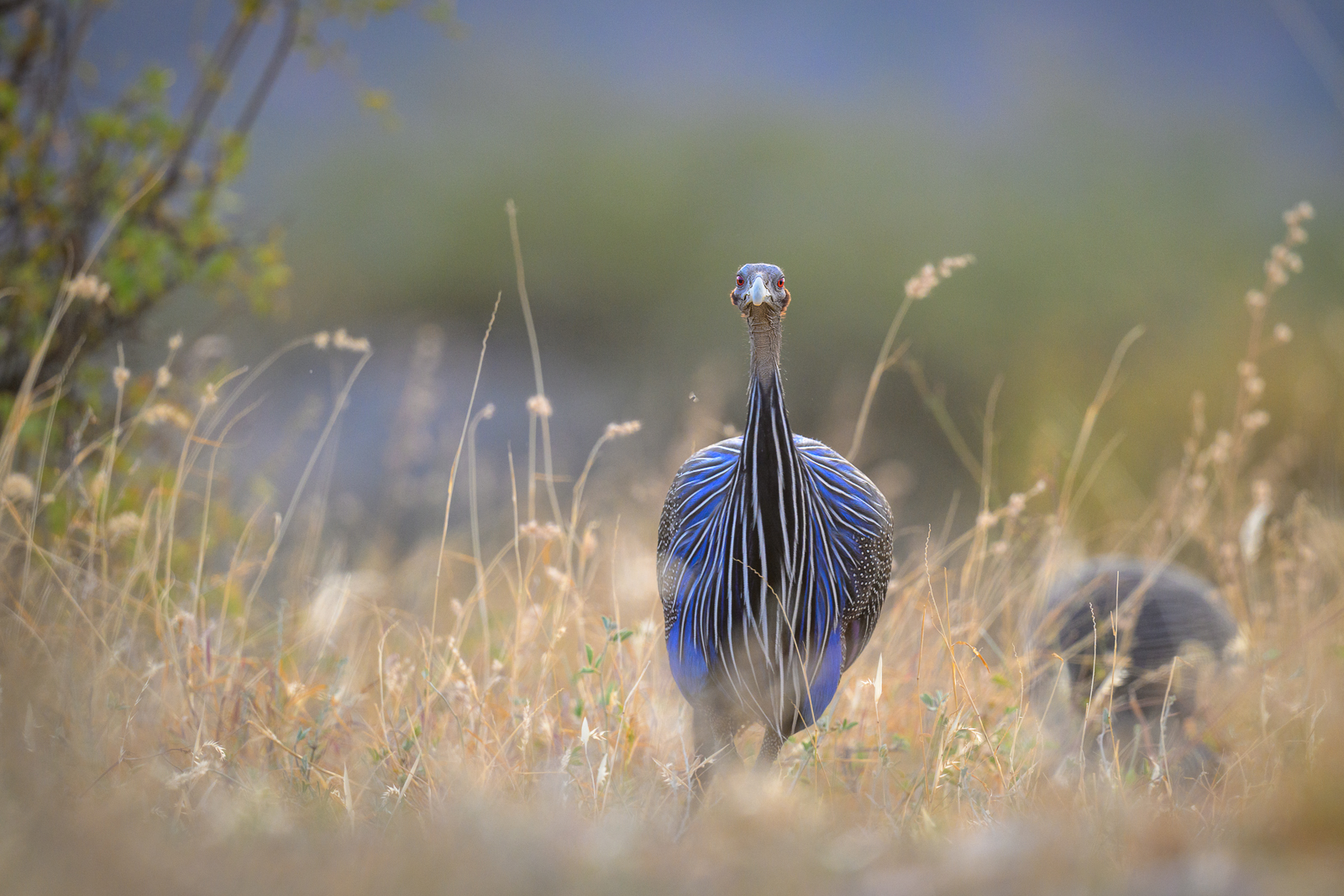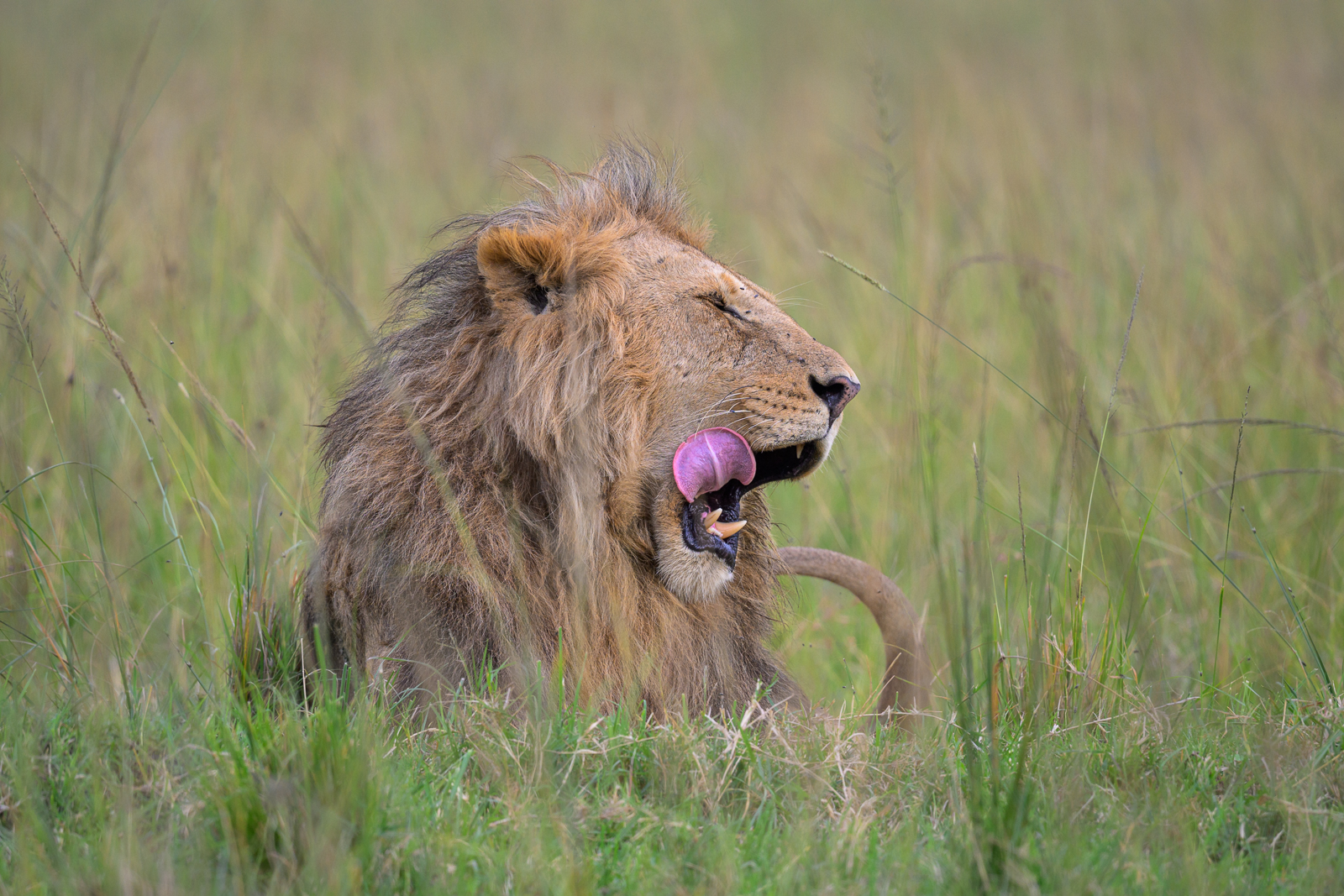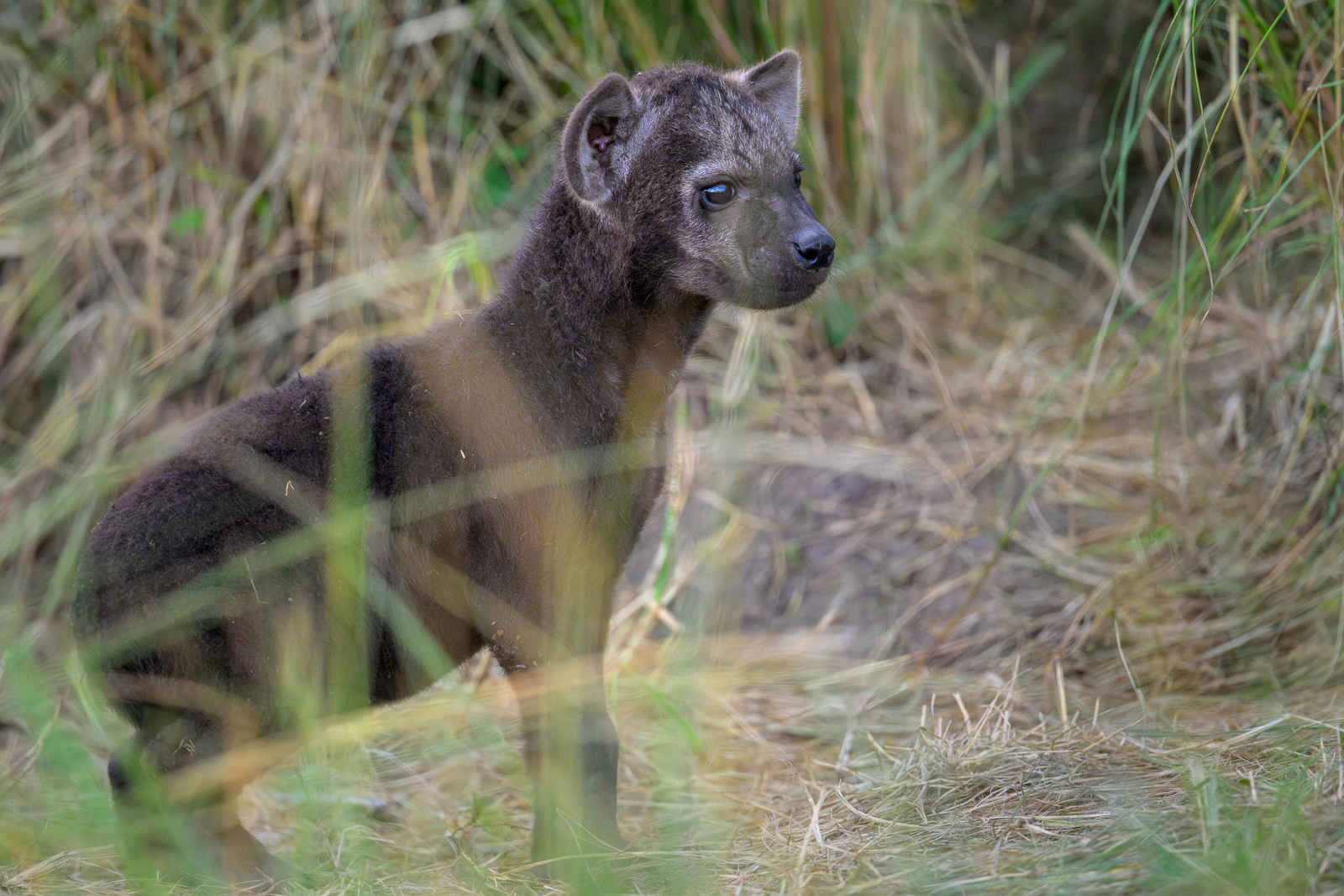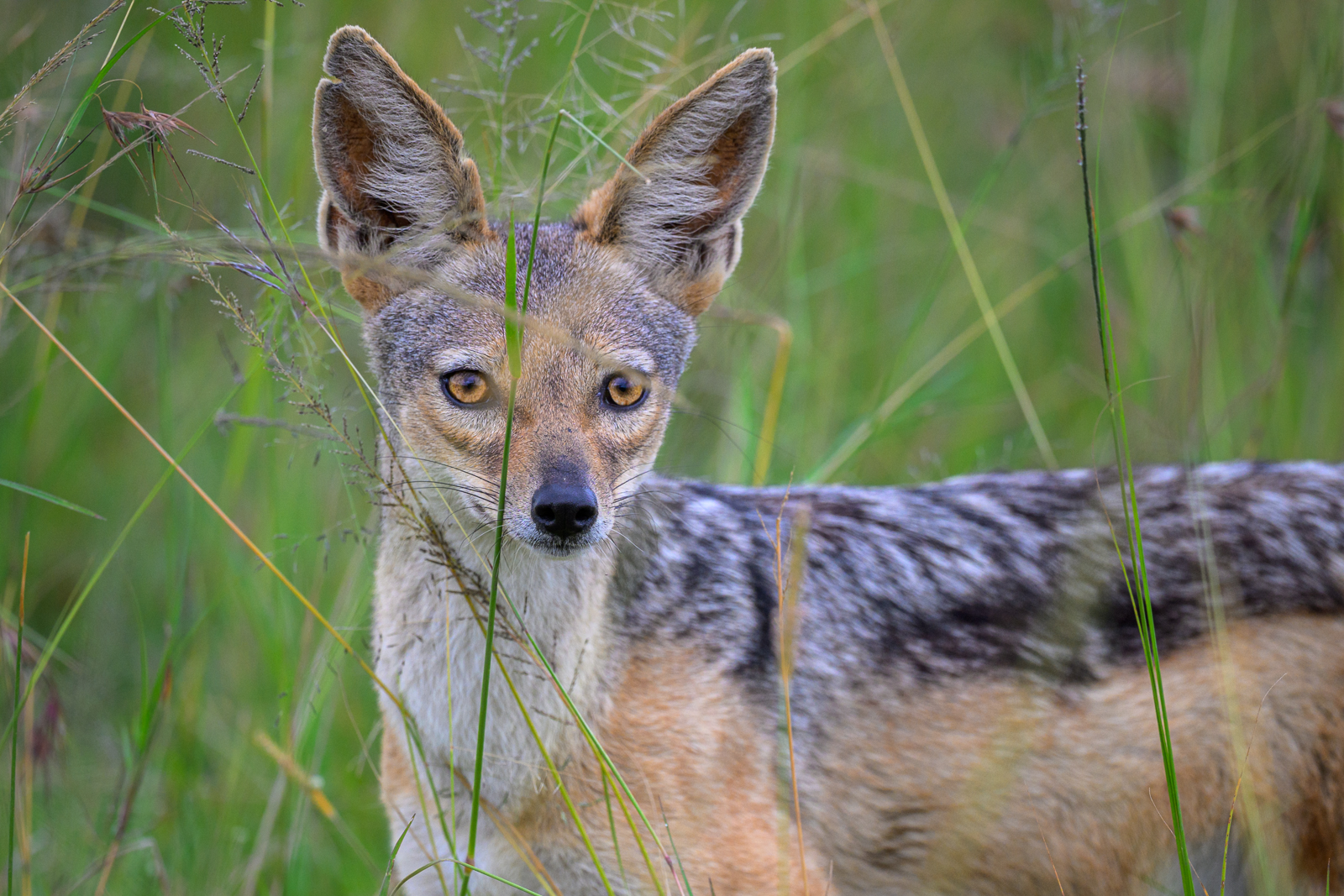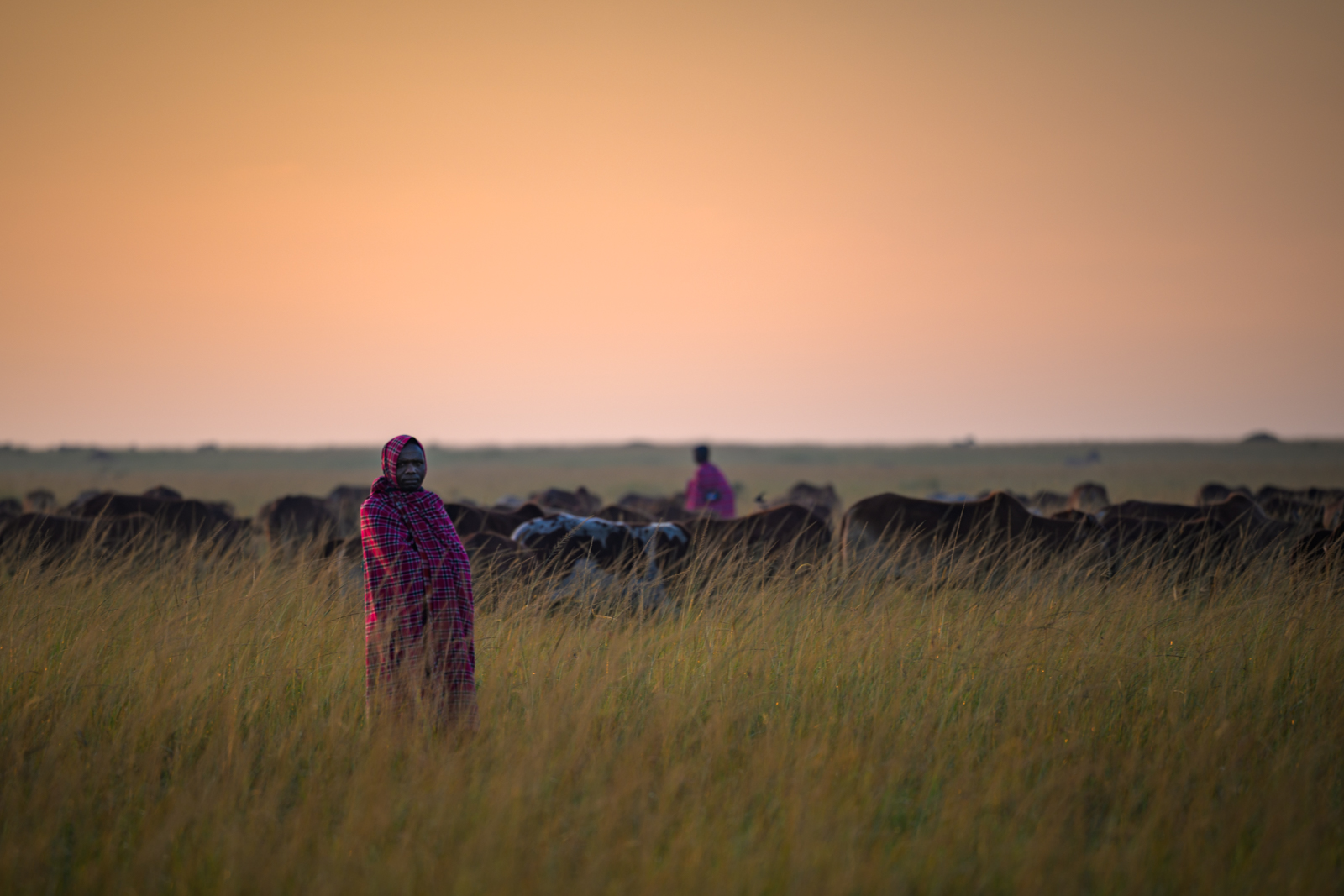Introducing “Species Limited”
![]() After almost three decades photographing wildlife in all corners of the world, I’ve launched something new. It’s called Species Limited, a collection of T-shirts based on the animals I’ve spent my life documenting. Each design begins with one of my photographs. Some are stylized and reimagined, like the screengrab of the camouflaged rhino above. Others take a more graphic, documentary approach. All of them aim to raise awareness, and, in some cases, directly support conservation. This is just the start and still very much a work in progress. The first wave includes forty-six designs in four collections. Over time I plan to expand the line to include hats, stickers, prints, and more. And eventually, I want to tie each product to a specific conservation effort around the globe. Today, just three of the designs support a cause — such as the Camo Elephant Tee which donates 10% of profits to the Reteti Elephant Sanctuary in northern Kenya, a place we visit on Crane Wildlife Tours. If you’d like to take a look or show support, the site is now live at: specieslimited.com
After almost three decades photographing wildlife in all corners of the world, I’ve launched something new. It’s called Species Limited, a collection of T-shirts based on the animals I’ve spent my life documenting. Each design begins with one of my photographs. Some are stylized and reimagined, like the screengrab of the camouflaged rhino above. Others take a more graphic, documentary approach. All of them aim to raise awareness, and, in some cases, directly support conservation. This is just the start and still very much a work in progress. The first wave includes forty-six designs in four collections. Over time I plan to expand the line to include hats, stickers, prints, and more. And eventually, I want to tie each product to a specific conservation effort around the globe. Today, just three of the designs support a cause — such as the Camo Elephant Tee which donates 10% of profits to the Reteti Elephant Sanctuary in northern Kenya, a place we visit on Crane Wildlife Tours. If you’d like to take a look or show support, the site is now live at: specieslimited.com
Thanks as always for following along, and for caring about the wild world out there.


